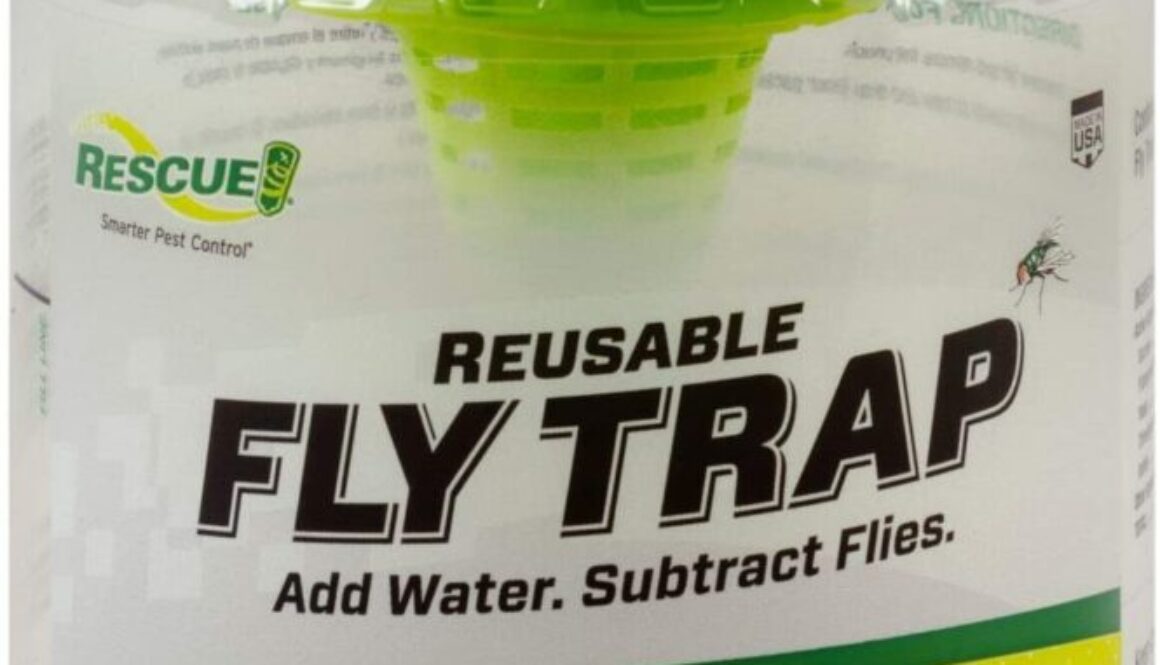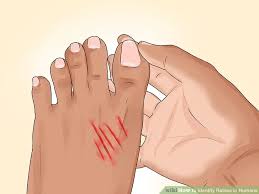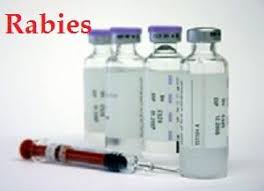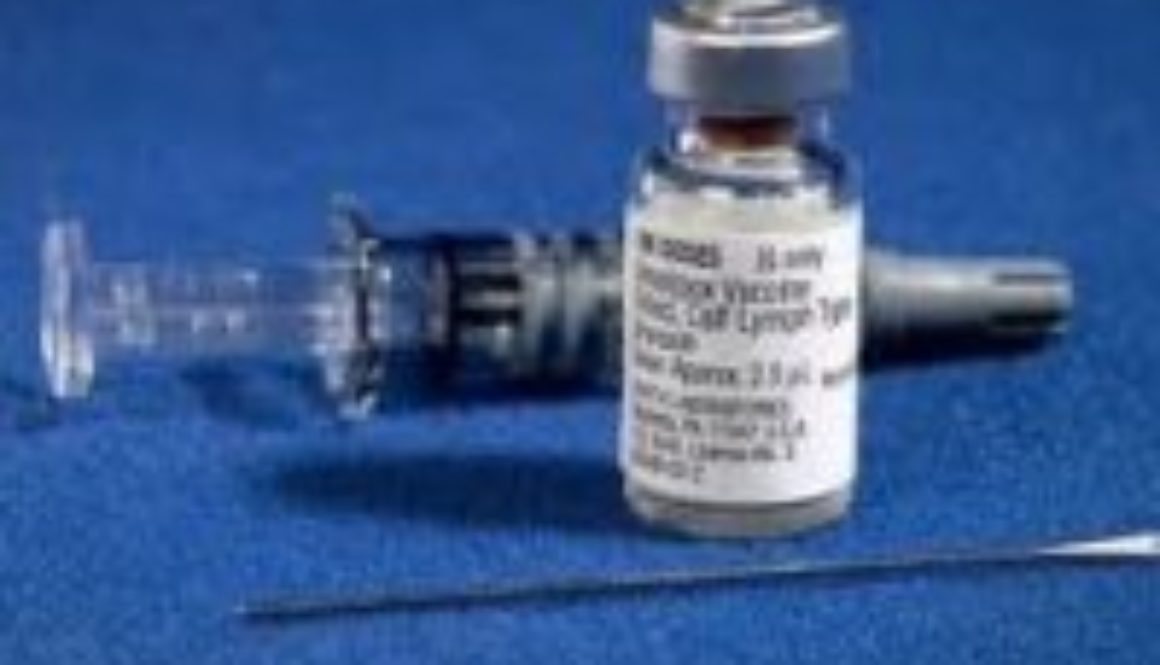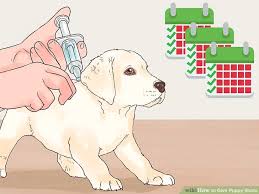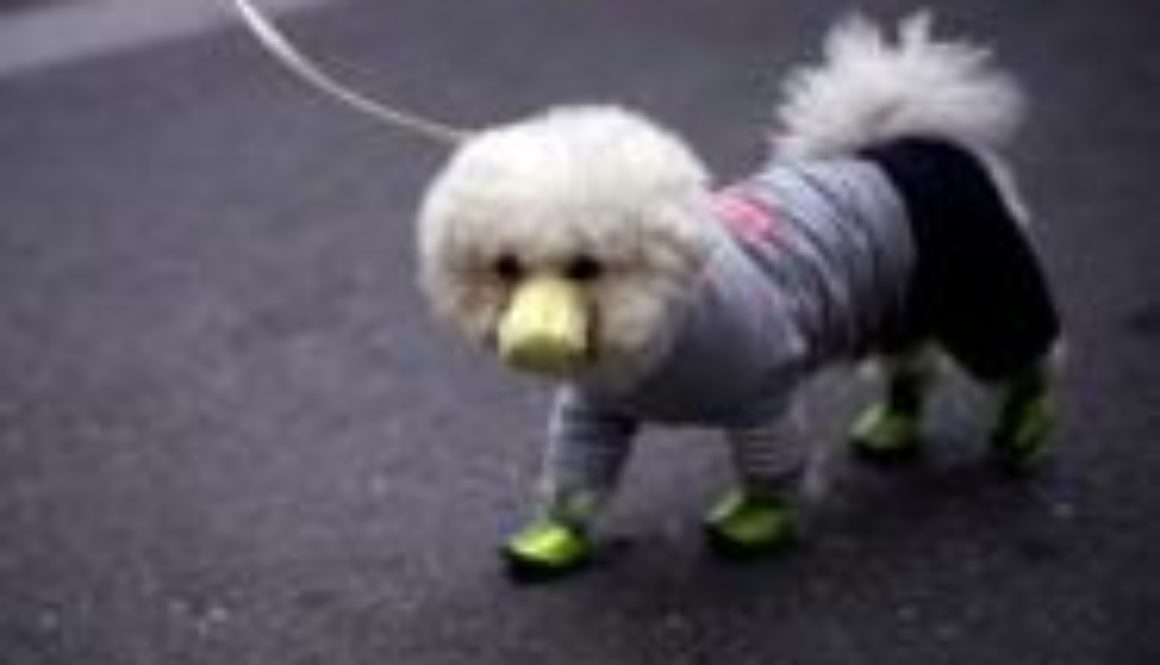Having Fly Problems? Do This.
Are you having fly problems?
Here is what you can do to get rid of the fly problem with very little investment or additional time needed.
If you have a dog or dogs or an outside cat you have poop to pick up ad get rid of. There will also be flies buzzing around.
Even if the feces is picked up daily and the soiled area rinsed down daily the area will have flys in abundance. Flies eat feces. When you have pets feces tend to, well, pile up.
Over the years
We have tried a variety of products to curb the fly population at our site.
By far the best product to handle our fly problems has been the Rescue Fly Traps.
They are inexpensive, reusable containers that have a lure scent packet, when dissolved in the water, attracts flys, well like flys. Within a few hours, you will start seeing results.
The attractant refill is cost-effective.
The jar should be emptied and the attractant replaced once a month to continue to eliminate the fly problem.
Flies love to bite
They land on dogs’ ears and noses causing a condition called flystrike dermatitis. Repeated bites can cause skin damage and alopecia or hair loss that won’t grow back, in the damaged area.
Flys carry diseases that affect humans as well.
Researchers think that house flys contribute to 65 different diseases. The bacteria contained on their bodies from their food supply of feces, rotten produce, spoiled meats, trash only takes a few seconds to transfer to wherever they land. Flys vomit and defecate wherever they land. Flys in cities carry more pathogens than rural flys.
Rescue Fly Traps Come With 1 Packet of Attractant
This is just a few of the diseases house flys carry
1. Cholera
2. Conjunctivitis
3. Dysentery
4. Gastroenteritis
5. Salmonellosis
6. Tuberculosis
7. Typhoid fever
8. Anthrax
The lifecycle of a fly.
The breeding ground.
Animal feces are among the most important breeding sites for houseflies. The conditions for breeding depends on the feces’ moisture, texture, and freshness.
The egg.
Eggs are usually laid in masses on organic material such as manure and garbage. Once lain they hatch in a few hours.
The larvae.
Temperature and food supply determine how long it takes to get to the next stage. Usually from 3 days to several weeks in the larvae stage.
When the larvae have eaten enough they migrate to a dryer environment and build a cocoon-like structure around themselves this is the start of the pupa stage.
The pupa stage
This is where the transformation from larvae to housefly takes place. This stage usually takes 2 to 10 days. As soon as it emerges from the cocoon the fully formed fly spreads its wings and the air dries them, then the insect can well fly off.
After a few days, this new fly is able to reproduce. A female fly will lay five batches of eggs. Each batch can have as many as 130 eggs. She heads back to the feces piles to do this.
So as you can see, it’s super important to be a good pet owner and go behind your pet daily to pick up their feces to rid the environment of the breeding area flys require.
Click the link below to get a handle of your fly problem today.
Want to learn about fleas click here Else-Vet videos of the fleas life cycle

